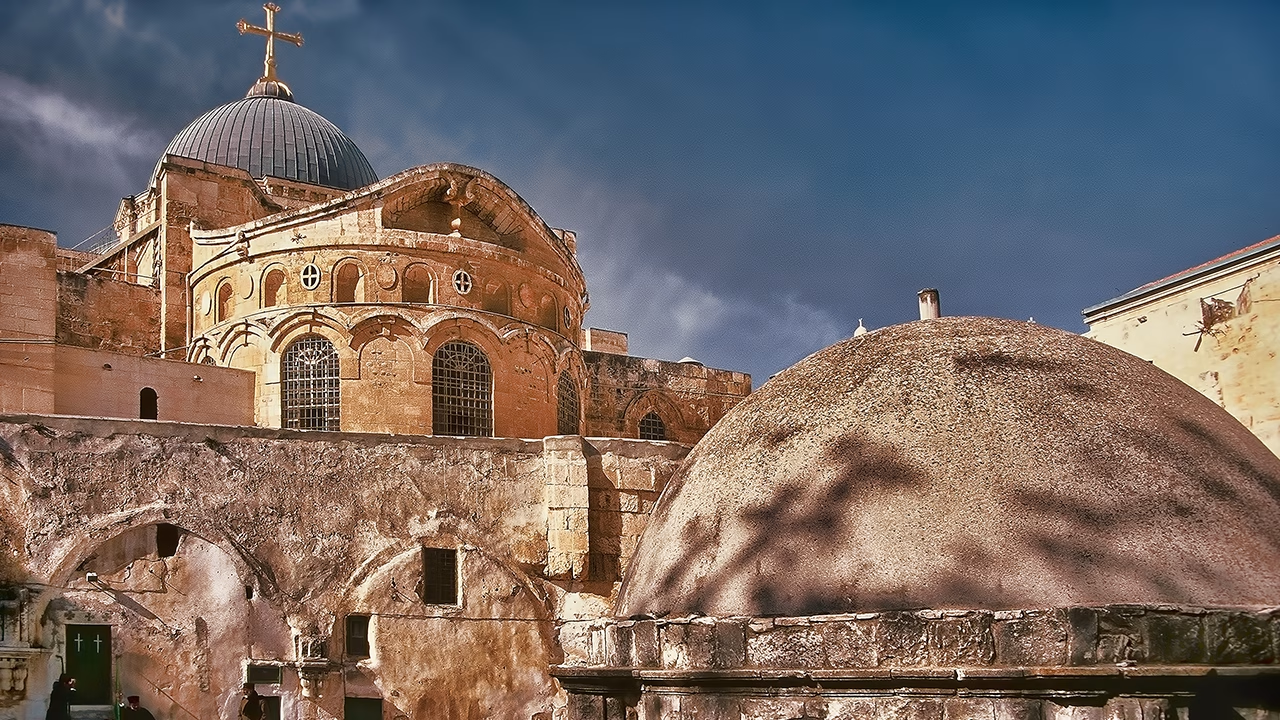When people reflect on how awe-inspiring medieval churches must have been to those who experienced them, I can’t help but think, “But aren’t they still just as remarkable today?” There are few experiences as exhilarating as stepping into a grand, chilly cathedral and gazing up at its soaring heights. It’s intriguing, then, as Paul Binski highlights in his captivating new book, that there has been relatively little academic focus on the emotional resonance of medieval church architecture.
Even more puzzling is that the study of emotions has emerged as one of the most dynamic fields within academia in recent years, and medieval figurative art frequently falls within its scope. Perhaps architecture has seemed too abstract or impersonal to be connected to emotions. However, as Binski illustrates, medieval feelings toward architecture were diverse and intricate—encompassing astonishment, fear, curiosity, joy, bravery, and melancholy, often blending together.
Binski opens his exploration with medieval descriptions of buildings that evoked wonder and awe. He argues these reactions weren’t purely psychological but were shaped by established conventions, rooted in traditions of praising grand patronage. Accounts of remarkable structures built in the twelfth century, such as those commissioned by Abbot Suger at Saint-Denis near Paris, or Henry of Blois at Glastonbury, were modeled after Eusebius’s praises of the Church of the Holy Sepulchre in Jerusalem, constructed by Constantine 800 years earlier. Eusebius introduced two key terms: “wonder” (TWAA) and “amazement” (ekplexis), which echoed through later texts, including Procopius’s description of Hagia Sophia in Constantinople as “overwhelming” in its vast, harmonic complexity. Such language urged not just a sense of awe but also a closer examination—a dual “stepping back” and “stepping forward,” as Binski articulates.
These insights display the author’s adept interpretation of rhetorical conventions that defined medieval emotional expression. Binski has pioneered an approach that extends beyond previous generations of art historians, who often focused on the specific “meanings” attributed to art and architecture by medieval writers—generally rooted in Christian doctrine or political context. He enriches this understanding by showcasing how both the creation of works and the responses they elicited were influenced by broader rhetorical modes inherited from antiquity. We don’t merely observe a building; it intentionally persuades or moves us.
Language plays a crucial role in his methodology. Binski argues that we can uncover the patterns of experience among Europe’s educated elite through their writings. Emotions, as historians have pointed out, are not innate; they are forged through knowledge, conventions, and social expectations. For example, our emotional ties to childhood homes derive from our understanding of them rather than their architectural features. Consequently, emotions possess a history that varies across people and eras while also sharing communal influences, often reflected in the literary record.
To connect with their medieval predecessors, historians must engage in a nuanced examination of how terms evolved as medieval writers—both Christian and Muslim—reinterpreted ancient concepts of “grandeur,” “sweetness,” “decorum,” and more, while simultaneously maintaining a keen eye on corresponding visual representations. This expansive, cross-European exploration of text and architecture could be termed Binski-ism. His book, Architecture and Affect, spans over a millennium, from the Holy Sepulchre’s construction in the fourth century to the late Middle Ages, traversing from Spain to England to the Arab world and encompassing poetry, liturgy, and theology.
One notable connection Binski uncovers is a Stoic typology of emotions, where feelings are viewed in spatial terms—joy is linked to expansiveness, while sadness is associated with constriction. This insightful framework aids in understanding the “therapeutic” nature of sensory experiences. For instance, passing through a grand shrine could elevate a pilgrim from despair to joy, as illustrated by accounts from a twelfth-century collection describing pilgrimages to the immense cathedral at Santiago de Compostela. One visitor noted that “if sad … becomes happy and joyful at the sight of the exceeding beauty of the temple.”
Binski’s writing can be challenging at times, yet this book, which originated from a series of lectures, is quite accessible and could serve as an excellent introduction to his methodology. The theme of affect has always been central to his work, alongside familiar topics like Becket and Canterbury, St. Hugh and Lincoln, Girona, the sublime, smiles—and notably, music.
Some of Binski’s striking conclusions include the idea that emotional responses were shaped more by pre-Christian traditions than by religious teachings, that interiors garnered more commentary than exteriors, that the lines between sacred and secular were often blurred, and that music displayed greater emotional variety than art. Perhaps most astonishing is his assertion that remarkable architecture was typically expected to be not overwhelmingly awe-inspiring, but rather uplifting and cheerful.
Gabriel Byng is a historian at the University of Vienna
The post The Enduring Awe of Medieval Architecture appeared first on TLS.













